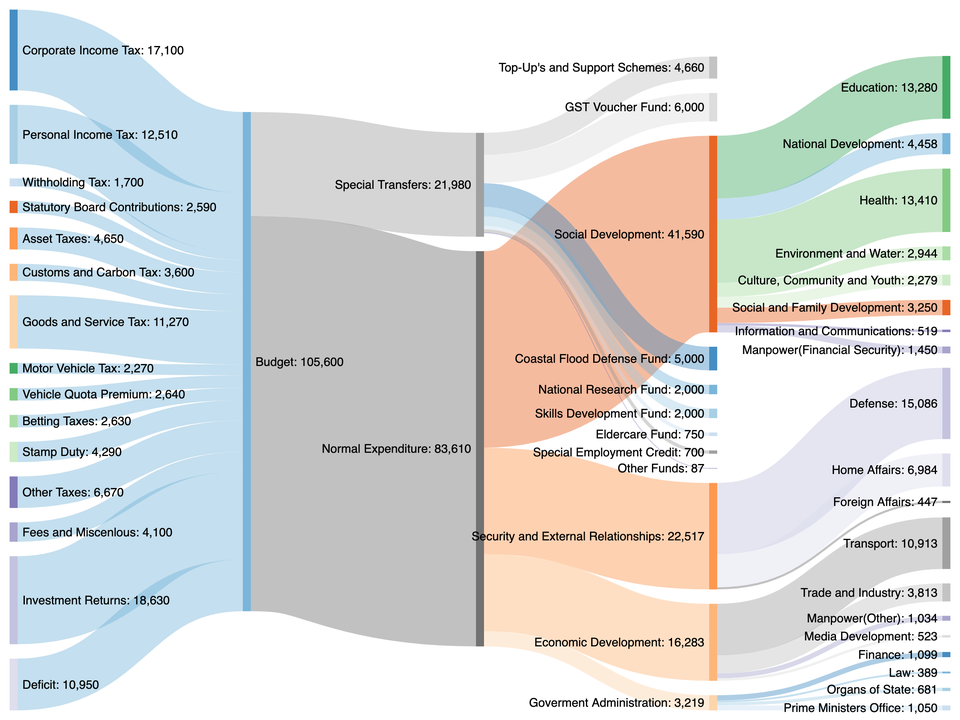A conversation about Singapore's future economy
- Taylor Hickem
- Sep 16, 2020
- 3 min read
A little about the upcoming Webinar workshop on Singapore's future economy.
Sat 19 Sep 16:30 - 18:00 RSVP form
This short post is a review of the event and how to prepare as a participant. If you haven't done so already, RSVP so that you receive the materials and the webinar link. The purpose of the event is leading to the open letter to Ministry of Trade and Industry on Singapore’s future economic policy. The questions are divided into three areas - measuring success, modelling the economy and policy.
Measuring success
What does it mean for the Singapore economy to succeed in the 21st century?
How should Singapore policy makers measure and communicate its success (or failure) to the public? How would this improve from the current de-facto metric - Gross Domestic Product (GDP)?
Economic model
What will be the future needs and demands of the global, domestic economy and what will be Singapore’s comparative advantage in supplying those services? How would that be compared to the current economy which is a mix of refining and petrochemicals, manufacturing, import-export, financial services and tourism?
What will be the relative roles of the public, private and non-profit sectors in creating and sustaining jobs in Singapore’s future economy vs the current framework which views MNCs and businesses as the primary leaders in job creation?
Policy
How much revenue should the government collect as a % of GDP should it be higher than it is today ~ 14% of GDP?
How should the taxes be collected and spent? What changes if any should be made compared to how it is collected and spent today?
The sections are logically ordered since the model of the economy represents ideas about how the success is achieved, and policy is driven by both desired outcomes and the models of how the economy operates. Each section starts with a brief 5 min presentation of the general problem description, and contrasting views on solutions and range of responses. The remaining 20 min in each section participants will respond to questions related to the topic and consolidate the group consensus of the responses.
Group discussion
Code of conduct
Prior to the event
Group discussion
This model of group discussion is intended to produce a usable output at the end. It is experimental and inspired by the Taiwan direct consensus model - vTaiwan which was used for dispute resolution between Uber drivers Pol.is and also piloted for crowd-sourcing new government policy ideas. Participants are prompted with a question and each of them in turn submits their response. Participants are given 1 min each to voice their response. The group must have one person recording each of the responses, and this person can rotate. The participants can use their response time as they see fit and can also voice up clarifications and questions that others are free to respond to in a later round.

Only statements will be collected in the consensus and any un-responded questions raised would fall under “uncertainty”. The responses are then consolidated and the participants have an opportunity to modify their responses to make them more agreeable to the consensus. Each participant then evaluates each of the responses by marking them with agreement, disagreement, or not certain enough to decide. The responses are then consolidated into three categories - agreement (>60% agree), divergence (40-60%) and uncertain. Any time remaining at the end can be used for general discussion. For a group of 5-10 participants the whole exercise is expected to take 25-30 minutes.
Code of conduct
Participants should keep in mind to be respectful of the opinions of others and to limit the length of their talking time to their turn.
Muster up the courage to put yourself out there, speak your mind and take a position, even if it might be unpopular
Have an open mind, be willing to have your positions and statements corrected and modified by others
Avoid strong language, raised voices to express your opinions
Use logical reasoning, evidence to make your arguments and avoid emotionally appealing but substantively empty claims, fallacies or repudiation of character to make your point
Moderators have the authority to direct and control the flow of the conversation and intervene as necessary to keep to the time and uphold the code of conduct.
Prior to the event
Familiarize with the reading material in the report “Freedom for who?” - in particular the first 4 pages - report introduction, warning signs for Singapore, summary of analysis and summary of primary sources.
Watch the recommended short videos in the references section
Read the slideshow handout to be familiar with the questions








Comments